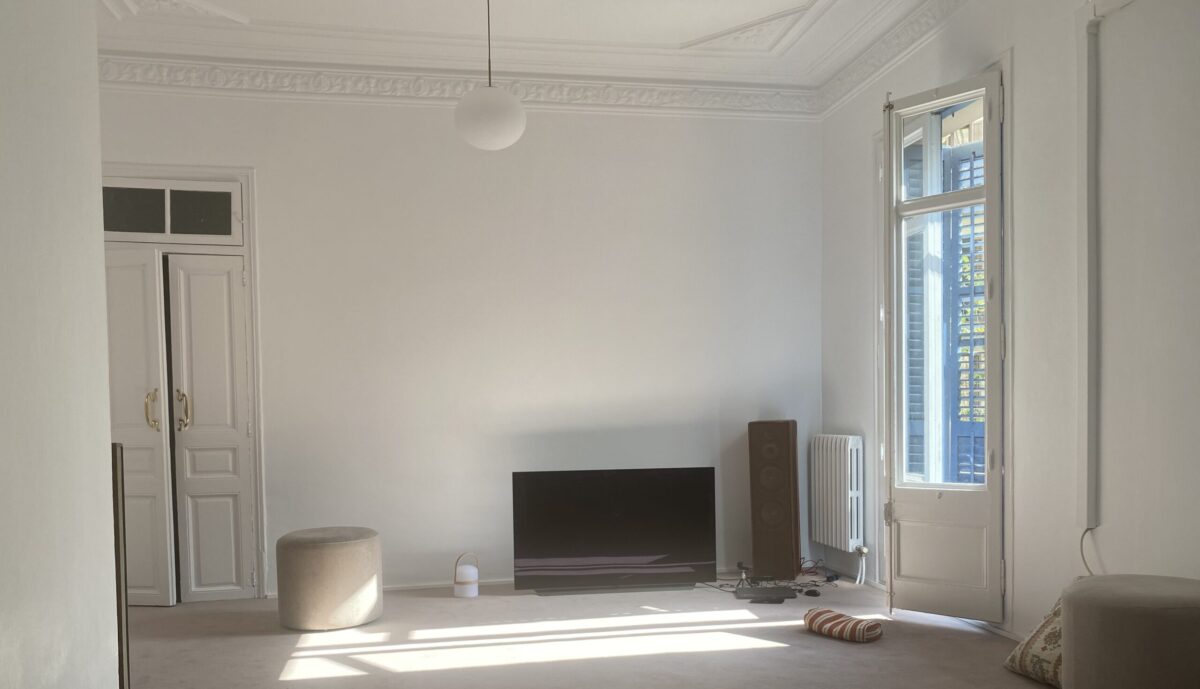The five universal movements have formed the human organism since its beginning.
In the second week the cells of the foetus are divided into two:
A first set of cells, epiblast and ectoderm, are placed on top, form the neural tube and form the nervous system and the outer layer of the skin. A second set, hypoblast and ectoderm, are placed down, form the endodermic tube and will later form the sexual organs and the connective fascia.
During the third week, three cell sets appear among the previous ones:
A third set of cells, mesoderm somite, move forwards-backwards and form the muscles and the lungs. A fourth set, parietal leaves together with dorsal and visceral aortas, move sidewards and form the digestive and circulatory systems. A fifth set, intermediate mesoderm, rotate and form the kidneys and the sweat glands.
All cellular systems participate in the formation of each tissue, organ, and organic system, something that is very visible in the formation of the heart.
The embryo is formed at the end of the fourth week and once each cellular set has carried out its own movement from which the different tissues and organs arise. As a result the organism is structured in five parts and five cavities following the order below:
The Vertical Movement places the brain in the area of the head-neck and in its cranial cavity as a centre of the nervous system.
The Frontal Movement places the lungs in the area of the breast-shoulders and in its pectoral cavity, as the centre of the motor-respiratory system.
The Totary Movement places the kidneys in the waist and in its urinary cavity as the centre of the urinary-recycling system.
The Central Movement places the sexual organs in the hip and in its pelvic cavity as the centre of the sexual-connective regenerator system.
K. Mamine has called this structure of the human organism CVP. The limbs (arms-hands and legs-feet) are its tools to manipulate and move objects.
The CVP is the key organization of the different cellular associations of the human organism and it is ruled by the five universal movements.
The five movements move the CVP and its limbs displacing its specific cervical, dorsal, and lumbar vertebrae with five movements.
The vertebral structure becomes the leading axis of the movement of the organism.


